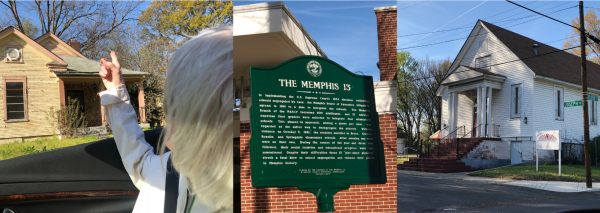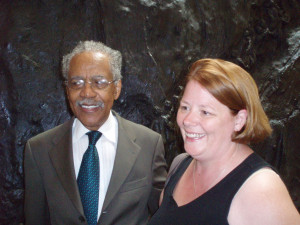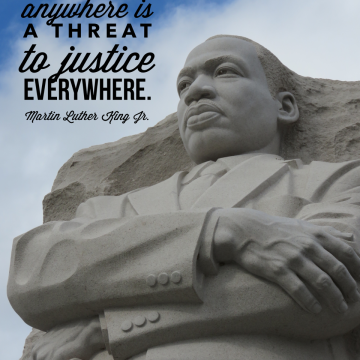For the past few weeks, with Black History Month underway, I have done some reflecting and online searching…. I have focused on circles closer to me in black history.
One involves the old neighborhood. It starts in the neighborhood we call North Memphis.
North Memphis and Me
North Memphis the neighborhood where as a child, sleepovers with grandmom happened and included baths in a clawfoot tub, where the fireplace mantles and front doors were distinctive, where closets didn’t exist so pieces of furniture filled that role, where hydrangeas were enormous and gorgeous and where if I was good, maybe I’d get a little money to go buy a treat at Rev. Maquire’s back door.
In high school it became the neighborhood I would go to volunteer at a community center. A center which hosted a summer camp program that eventually I would be director of, responsible for fundraising, finding camp counselors and a lot more before we actually got to the camp.
Now and then, I take a drive with my mom to see the old neighborhood — the one she grew up in, where her granddaddy built the house my grandmother lived in through my school years. It’s a neighborhood I had the chance to know well since my grandmom stayed in so long.

Gordon School
Mom went to Gordon Elementary School and lived just a few blocks away as a child. She graduated high school as Supreme Court made the historic Brown vs The Topeka Board of Education decision. I’ve always known that at some point the neighborhood shifted from mostly white to mostly black residents which is the way I’ve always known and loved it.
Usually mom and I talk about how the old church looks, or how this house or that looks. (Her grandfather built the house grandmom didn’t want to leave for so long, and he’d built a pair together.) We remind ourselves of those hydrangeas, the fig tree, a crepe Myrtle and the crazy grandkids climbing it, the walnut and pecan trees out back.
On a drive a few years ago the historic markers at Gordon stood out and mom and I stopped to take a look.
In 1961, the year my brother was born, Gordon School was one of a handful of Memphis schools where integration efforts started. My parents were living in another part of town by then, starting the family, but I wish I could ask my grandmom questions about what she remembers.
The marker talks about the Memphis 13 and while I’ve grown up hearing about the Little Rock 9, where nine black students started attending Central High School there, I really didn’t know the Memphis 13. I’ve taken some time looking into it and found a great documentary.
I absolutely encourage you to watch it. It’s 35 minutes long and gives so many first-person accounts.
The Memphis 13
Watching the documentary, hearing the stories of these 13 children and their families…. I had to sit with it for a while.
Seeing those photos of sweet first graders, remembering my own elementary school experience, and thinking about all the things I’ve heard about the Little Rock 9…. It was a lot.
Hearing how black families in Memphis had been watching how integration worked in other places and sought out a different path. A path where they wanted their children to have access to neighborhood schools but also were thinking about a path where maybe they could avoid the violence seen in other places but knowing there could be some tough times ahead.
I’m still sitting with it quite frankly and I watched the documentary the first time weeks ago.
And I’m struck by the fact Reverend Billy Kyles is one of the parents who decided his child would be among those attending a majority white school. Kyles is a forever civil rights leader in Memphis and I’ve met him at the National Civil Rights Museum. He was gracious enough to spend real time with me and some friends in from OK who spent much of the 60s in Africa.

Seeing him talk about how he knew personal sacrifices would have to be made and that meant people like him would be making the sacrifice. I know that some of them faced such hard times as kids and can only imagine how complicated that can make lives.
A decade later, schools in my neighborhood were mostly white when I was in kindergarten and first grade, and second grade was when bussing began to integrate schools more fully.
What I Want You to Take Away
I know I need to bring this post to a close, but it’s a hard one because the topic is still open and evolving in my mind. And maybe that where we all need to be. Black History Month is, for me at least, a time for introspection and discovery.
There is a curriculum / discussion guide for the Memphis 13 documentary if teachers are interested too!
The reality that every school system in the country started dealing with separate but equal and all in my siblings’ and my lifetime means it’s likely not undone generations of other approaches not just in schools but in government, with policing, etc.
I’d love to know if you’ve found ways to discover more of our shared history that we should sit with or celebrate in Black History Month.


